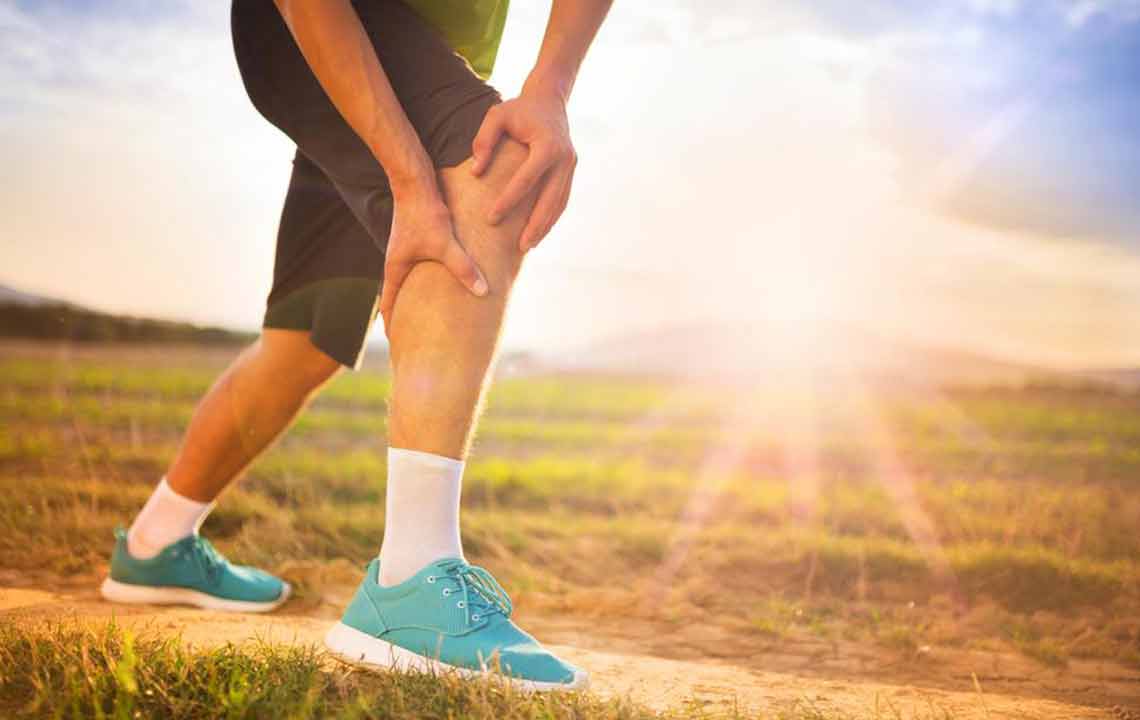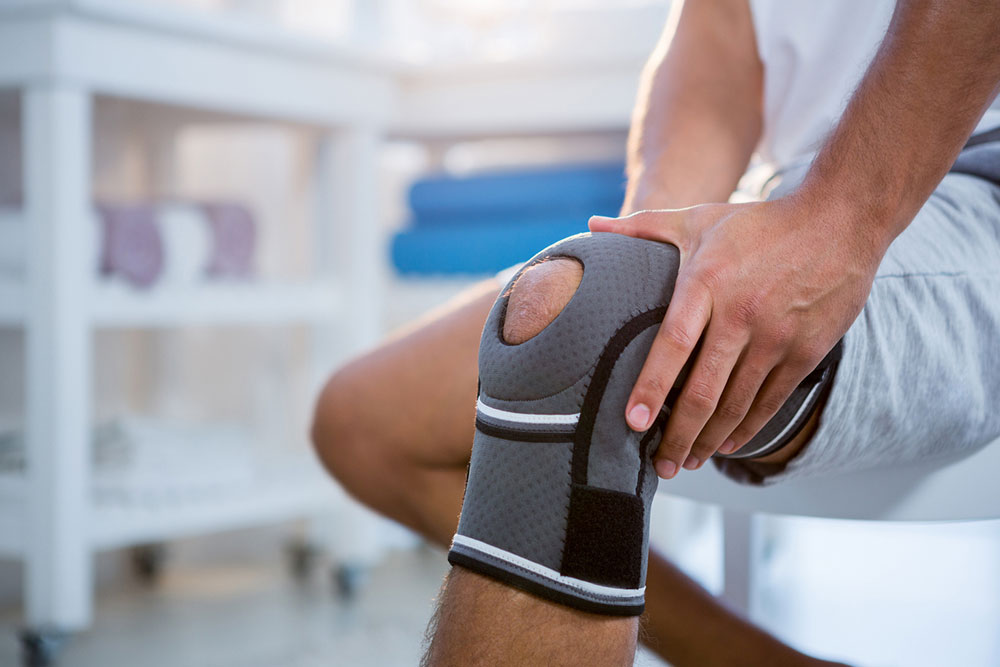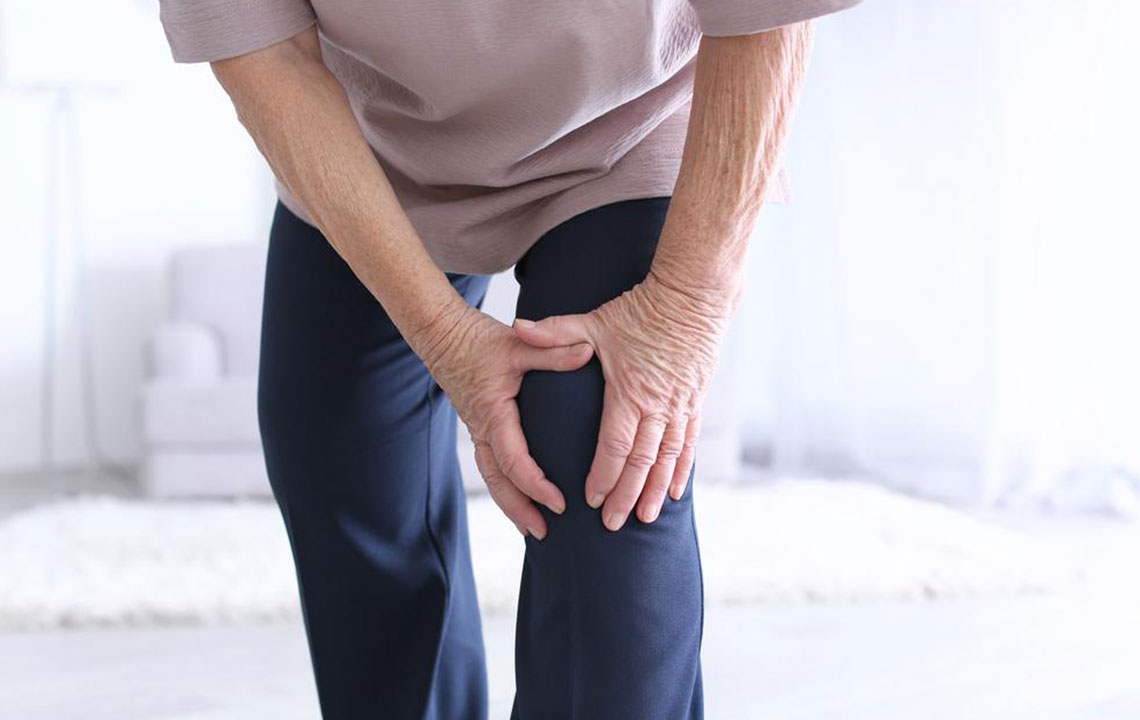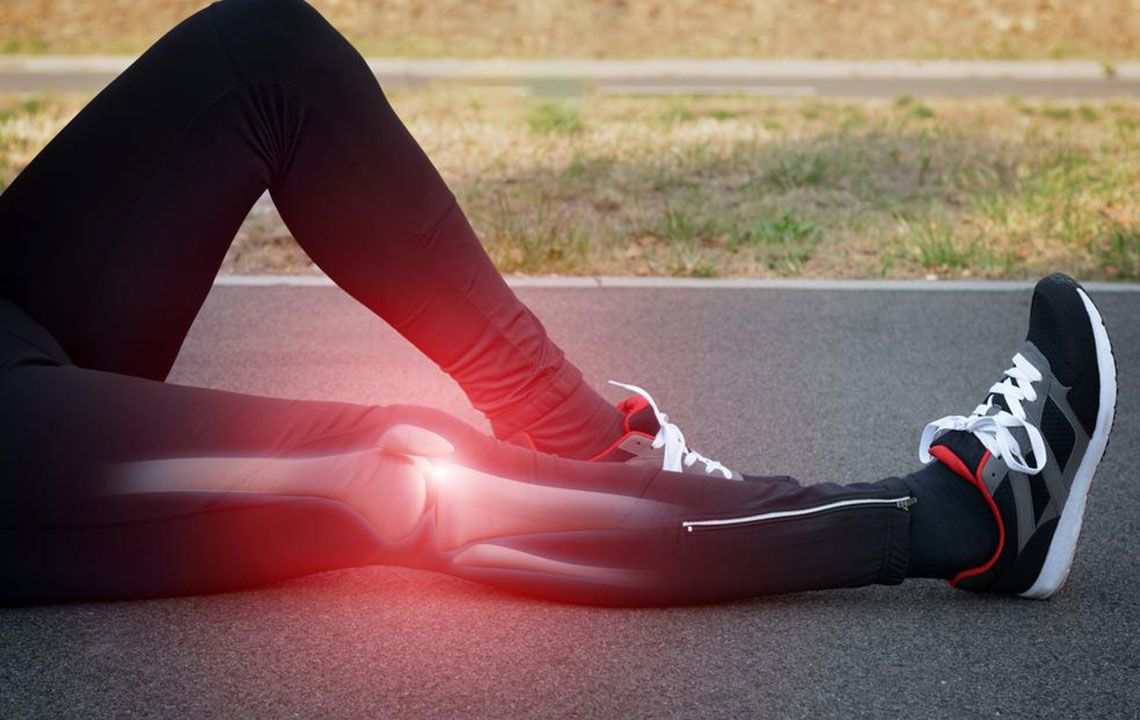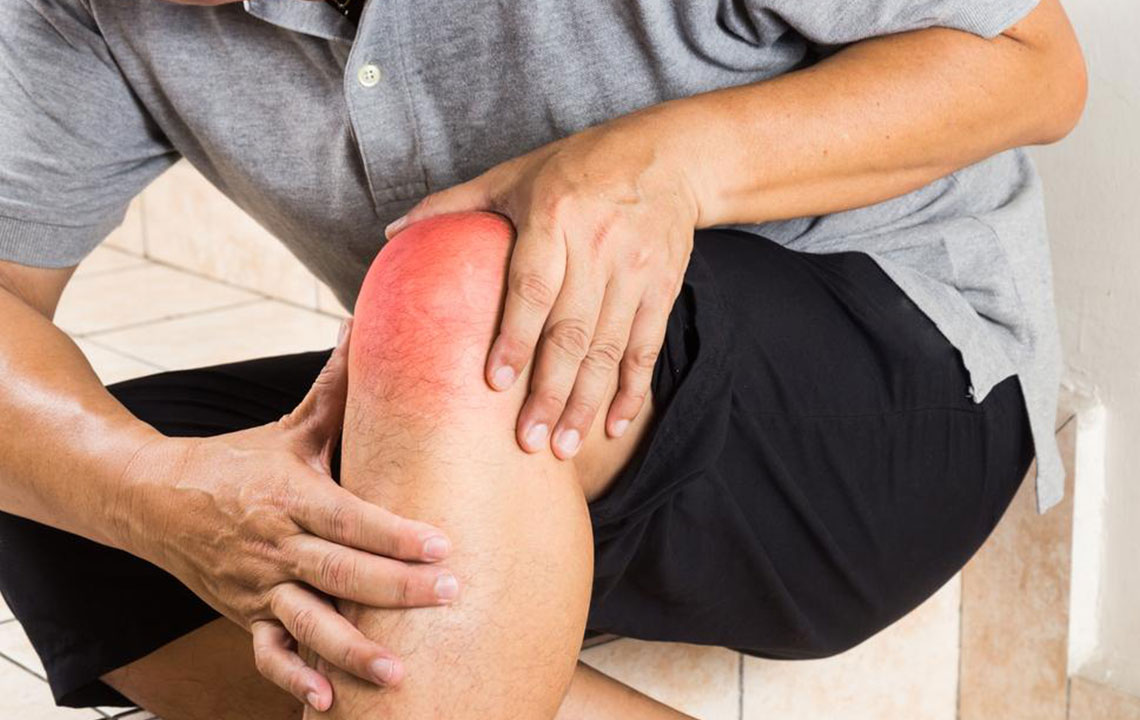Understanding and Preventing Posterior Knee Discomfort
Knee pain behind the leg can arise from muscle cramps, cysts, or cartilage issues like runner’s knee. Preventative measures include stretching and RICE therapy. Persistent pain warrants medical consultation to prevent complications and ensure proper healing. Understanding causes and early intervention are key to maintaining knee health and mobility.
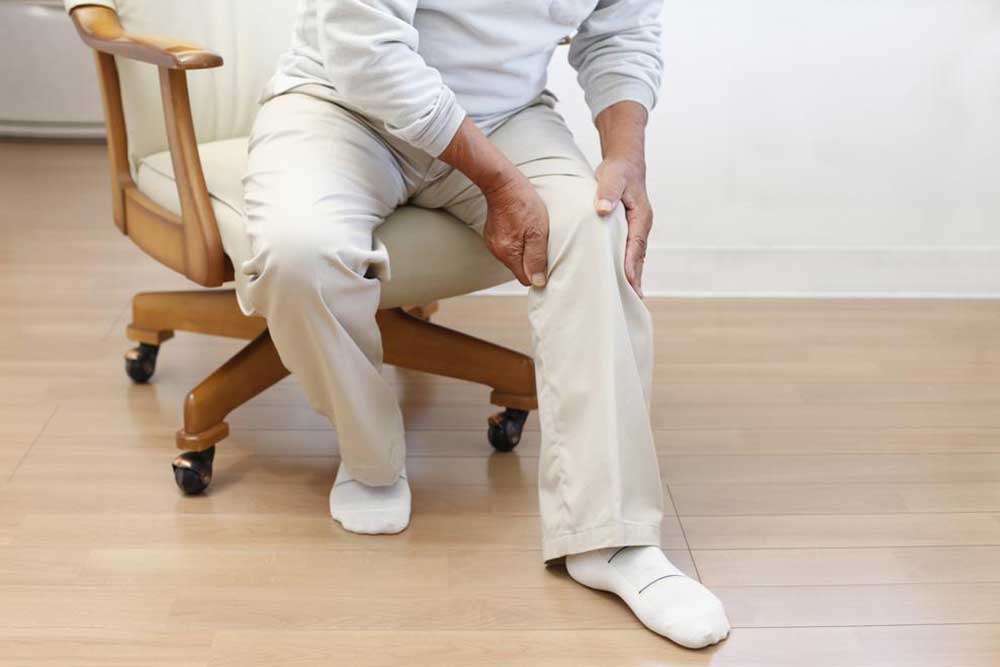
Understanding and Preventing Posterior Knee Discomfort
Pain behind the knee can stem from various causes, ranging from minor issues to serious medical conditions. daily activities put stress on the knee joint, leading to discomfort or injury if not managed properly. Addressing knee pain depends on its origin, and appropriate treatment strategies vary accordingly. Prevention methods focus on reducing joint strain and maintaining muscle flexibility to avoid common issues.
Common Causes of Posterior Knee Pain
Muscle Cramps
Muscle cramps occur when muscles become excessively tight, often due to overuse or lack of stretching. These spasms can cause pain behind the knee. Additional factors include dehydration, nerve problems, liver diseases, toxins in the blood, and tetanus, which may contribute to cramps and pain.
Baker's Cyst
This condition involves fluid accumulation behind the knee, leading to swelling and discomfort. Small cysts may initially be painless but tend to enlarge over time, putting pressure on nerves and tendons, resulting in significant pain.
Runner’s Knee
Degeneration of cartilage in the knee joint causes this condition. The absence of cartilage results in bone contact, leading to dull aching behind the knee. Symptoms include weakness, limited movement, knee buckling, and crackling sounds during movement.
Prevention includes proper stretching of quadriceps, calves, and hamstrings. The RICE approach—Rest, Ice, Compression, and Elevation—can help manage minor injuries. If knee pain persists for days or worsens, consulting a healthcare professional is essential to prevent complications.
Important Note:
The information shared here aims to educate readers about knee pain causes and prevention. It is not meant to replace medical advice. If symptoms endure or worsen, seek professional medical care. The website may not include all potential treatment options or current offers and discounts.

